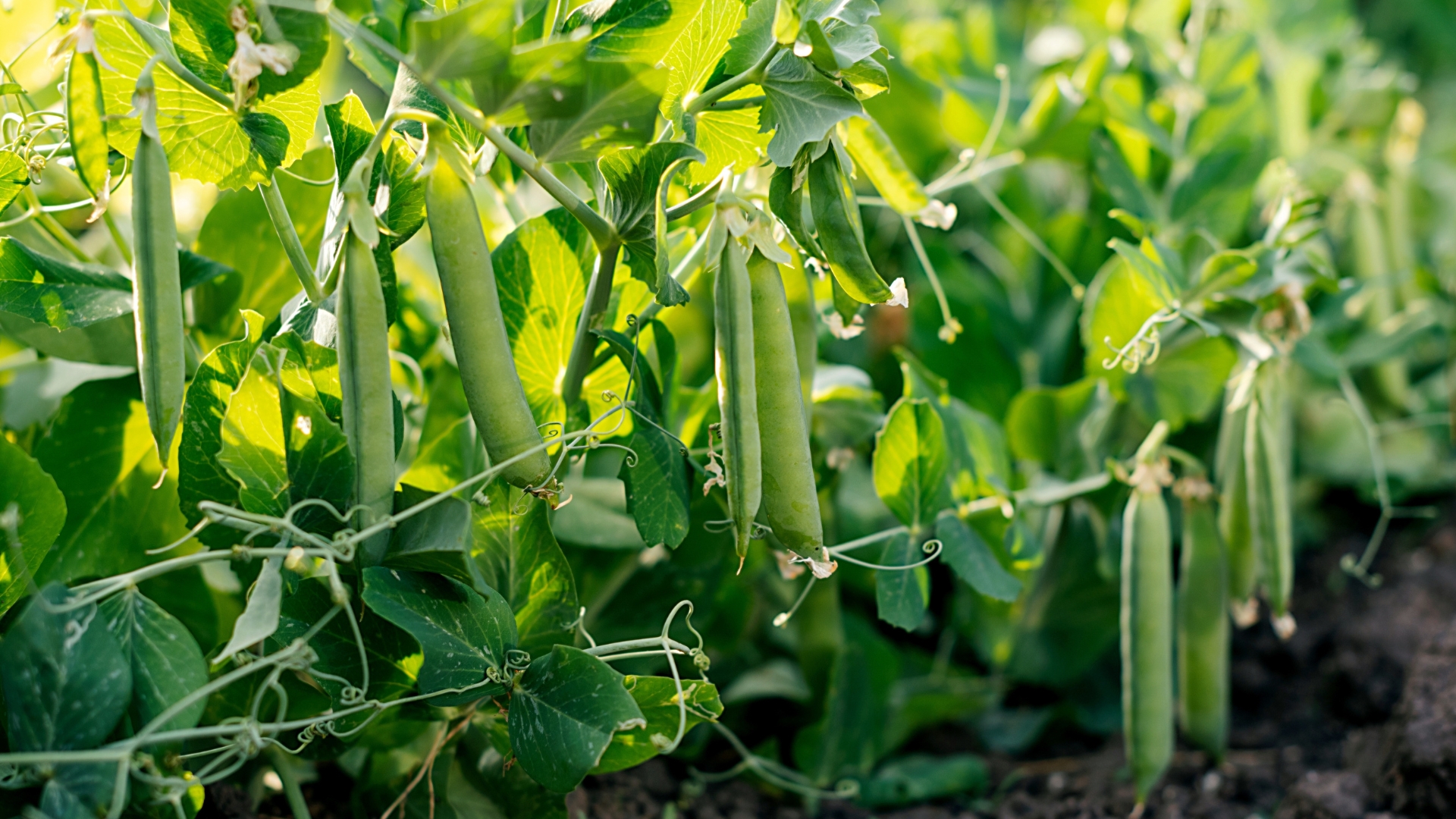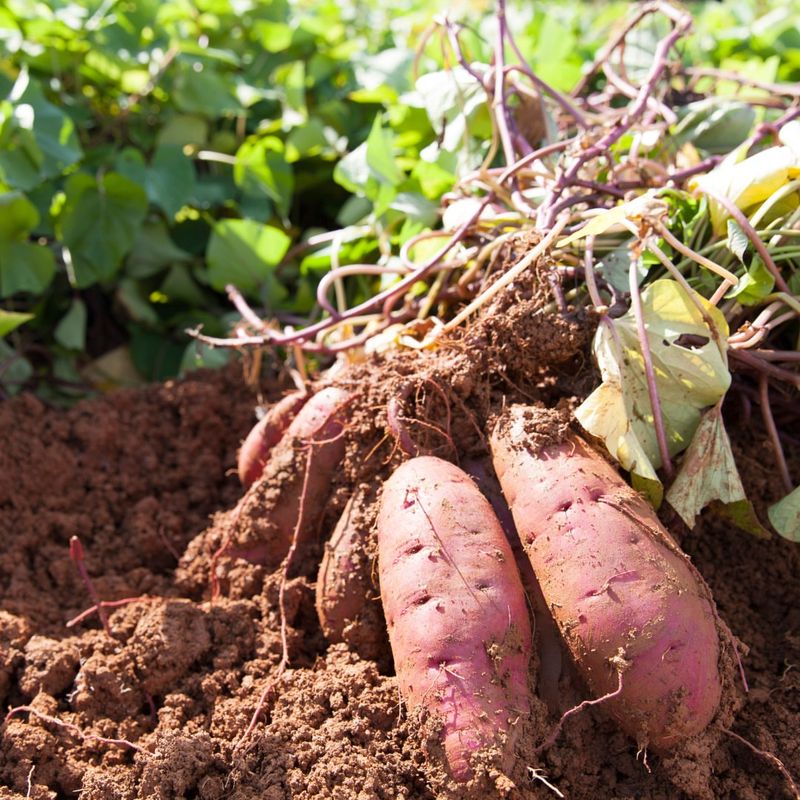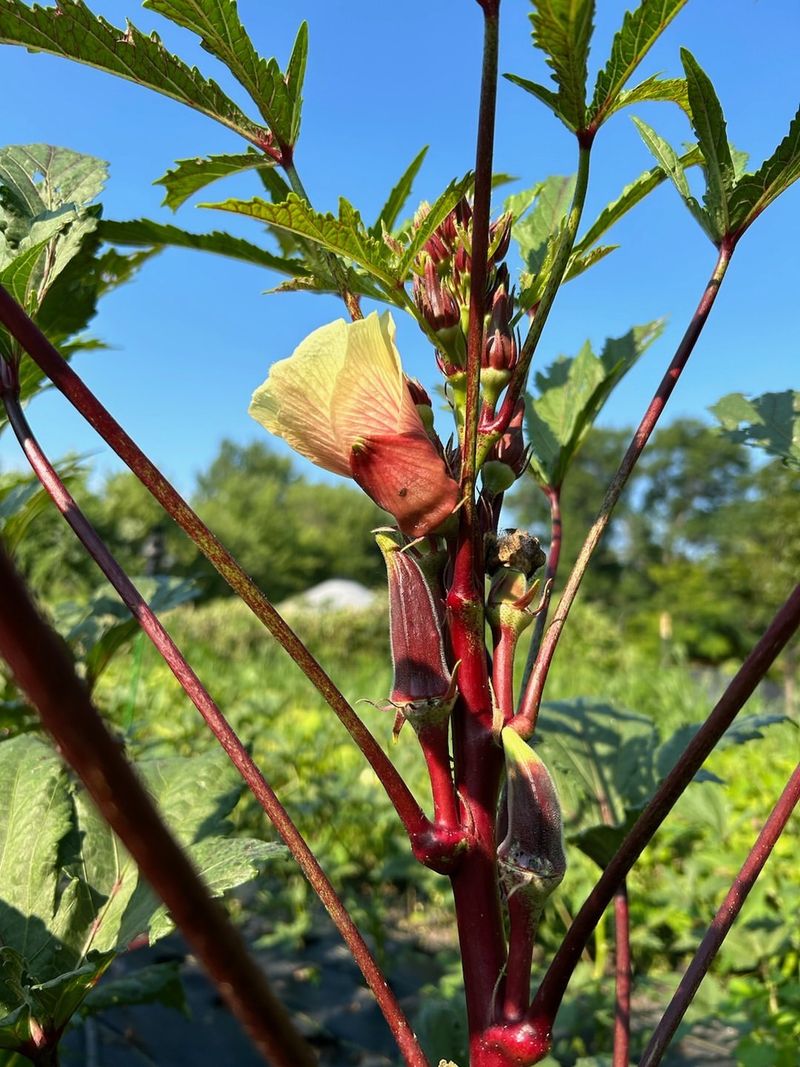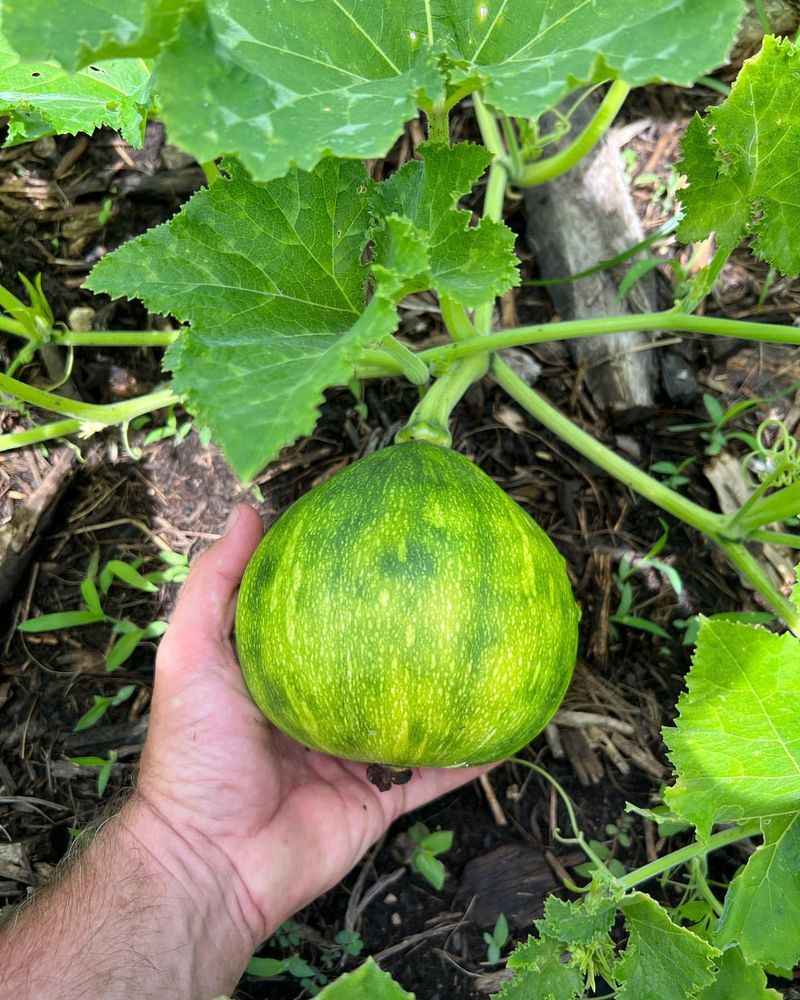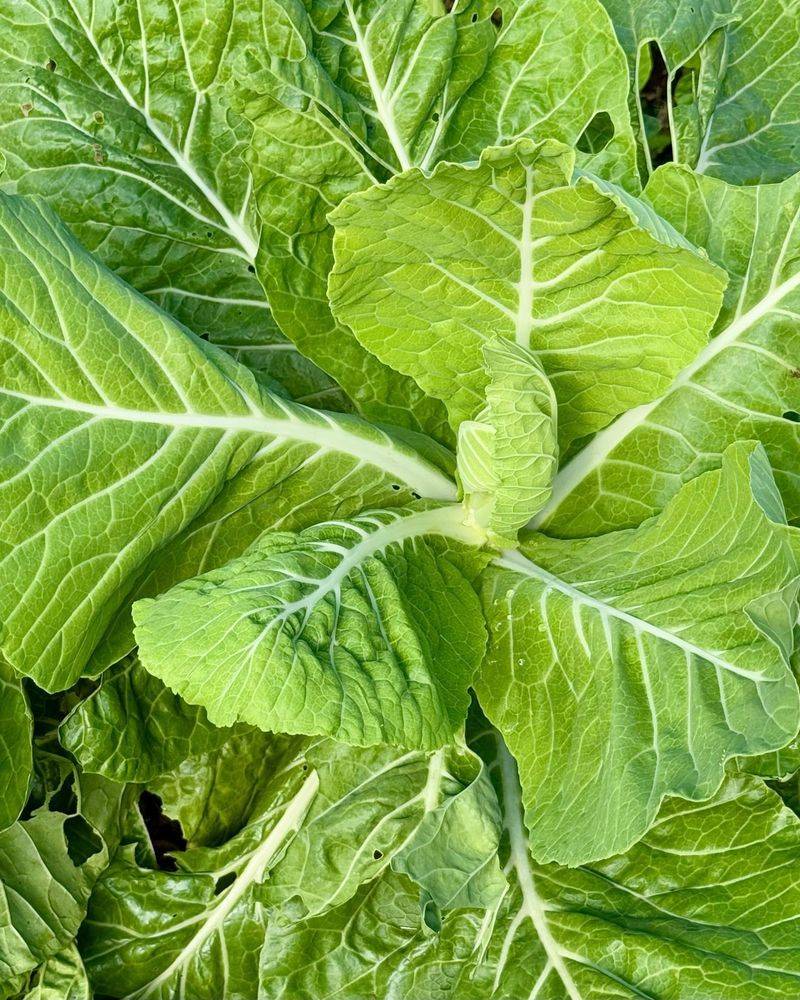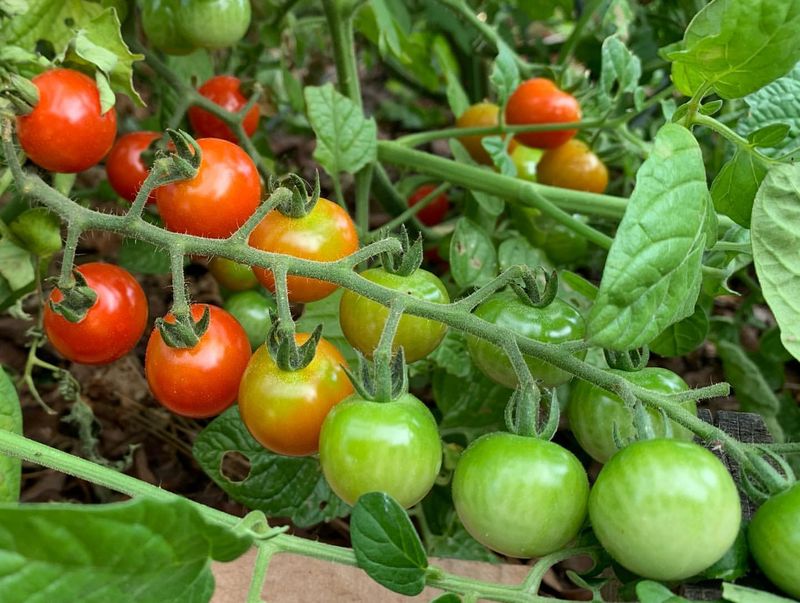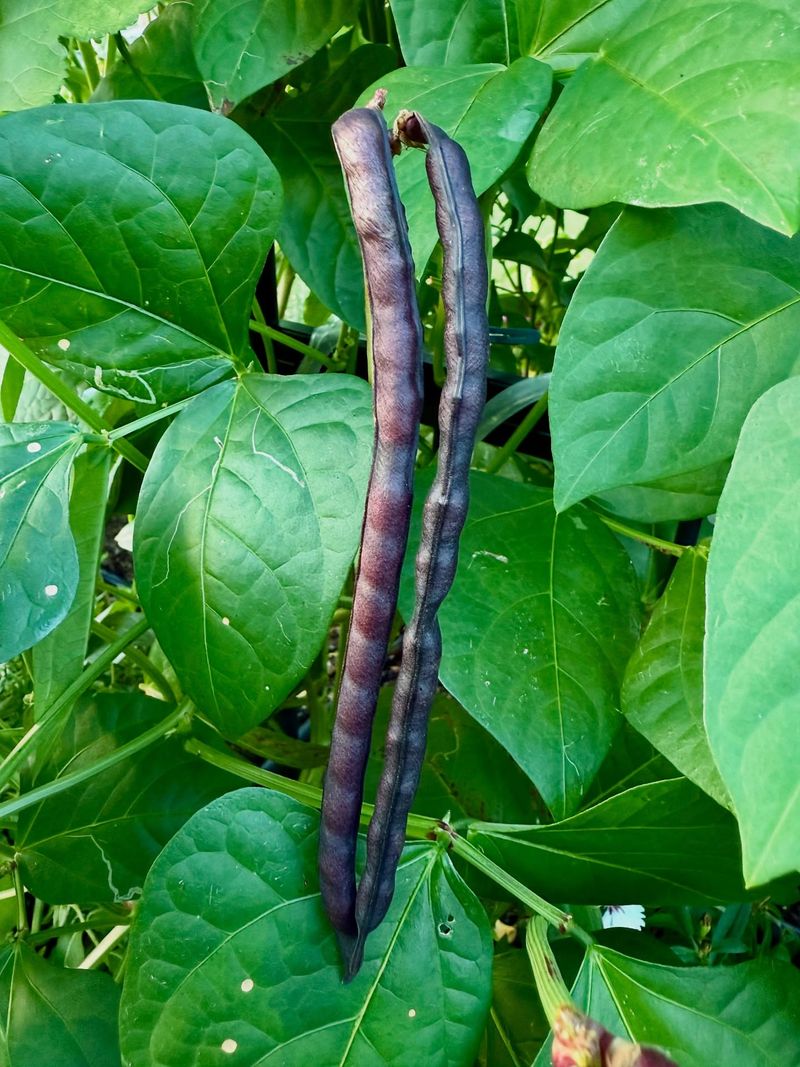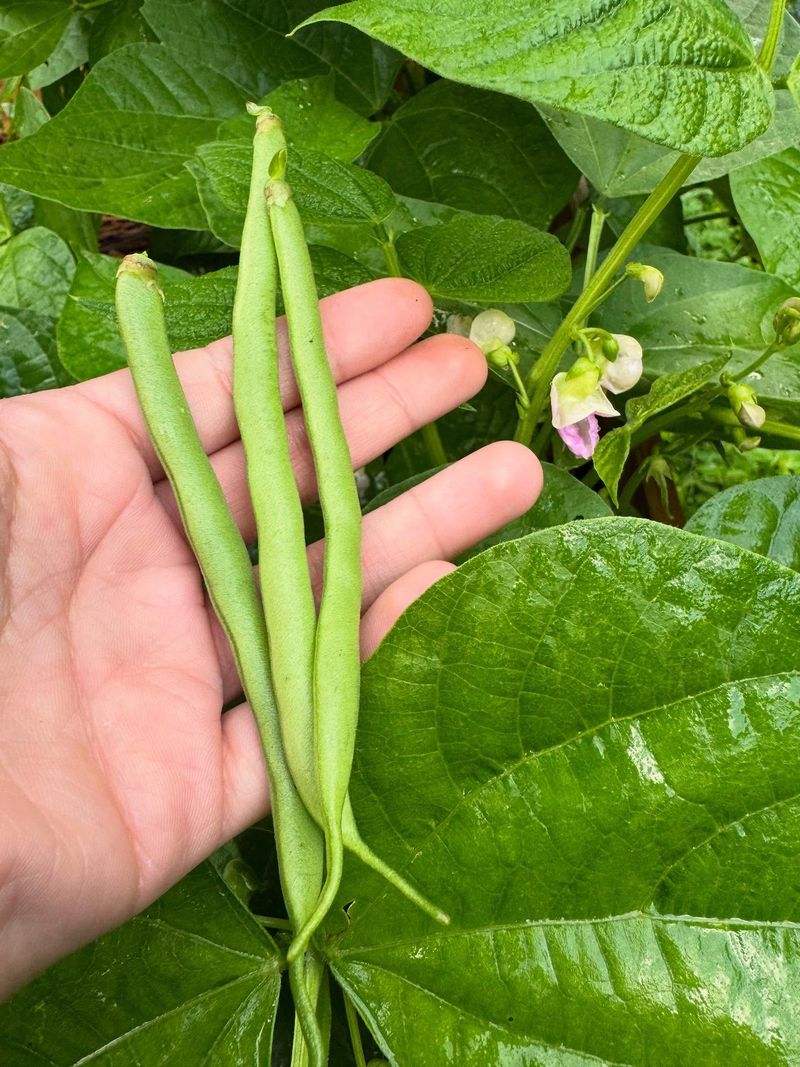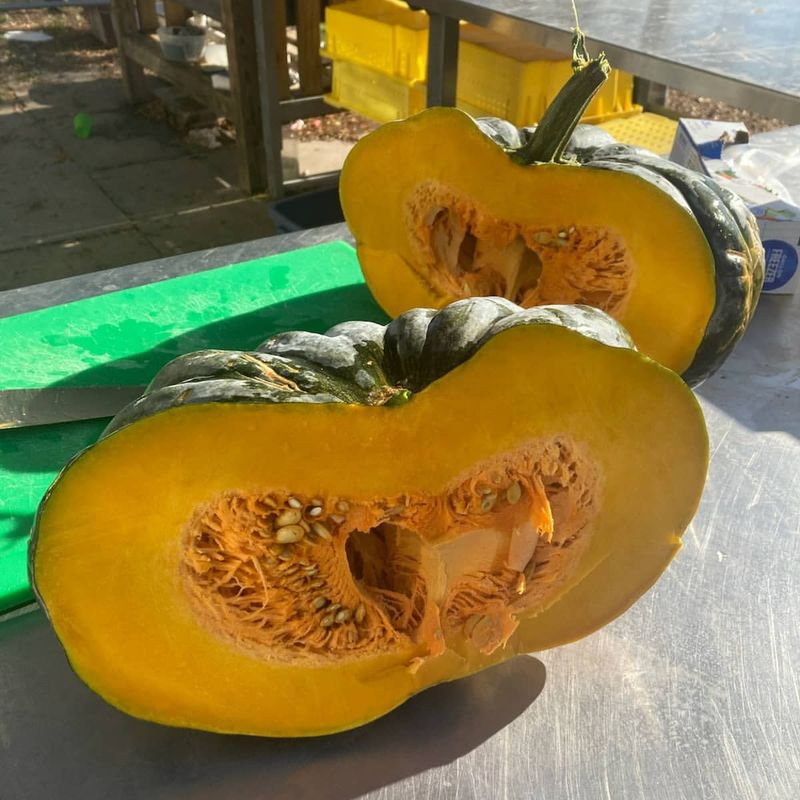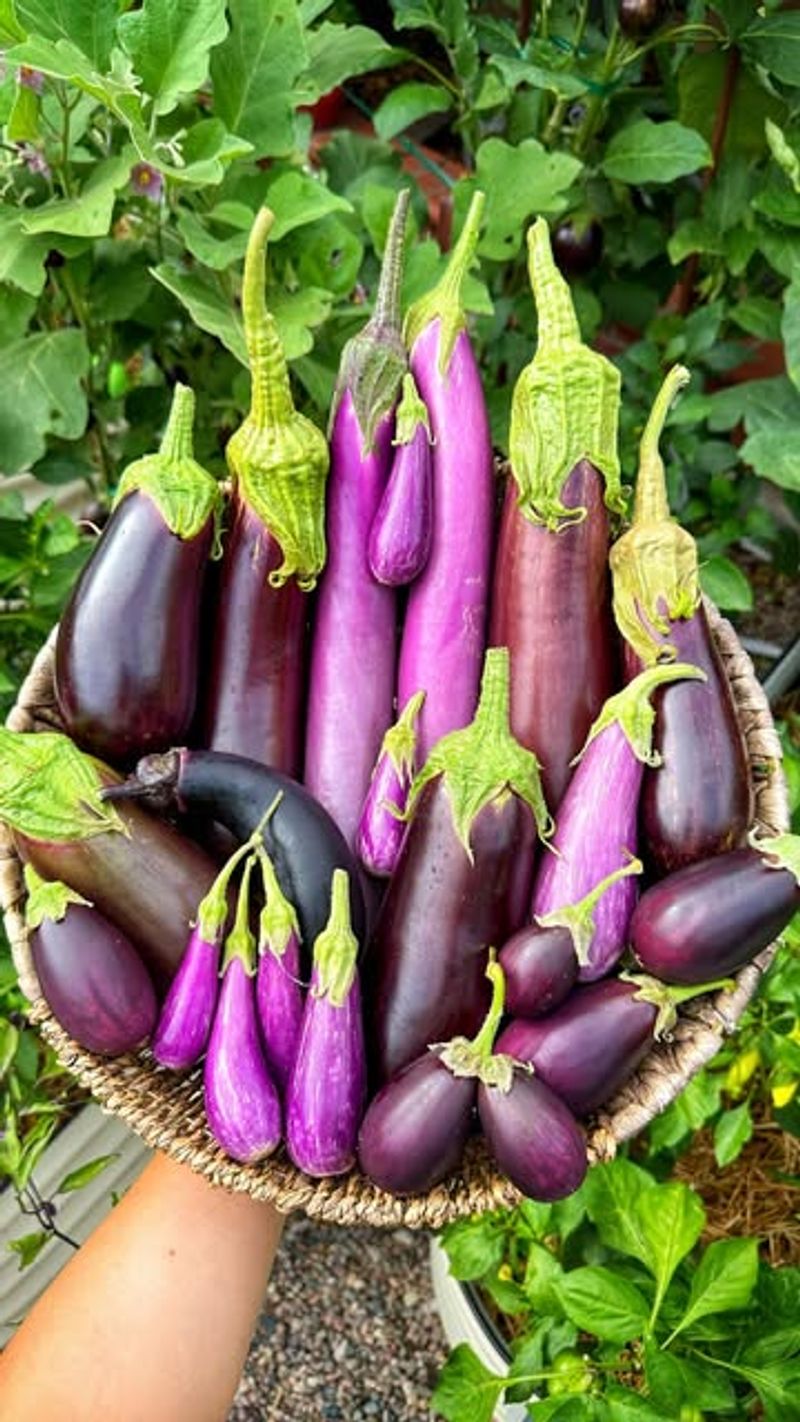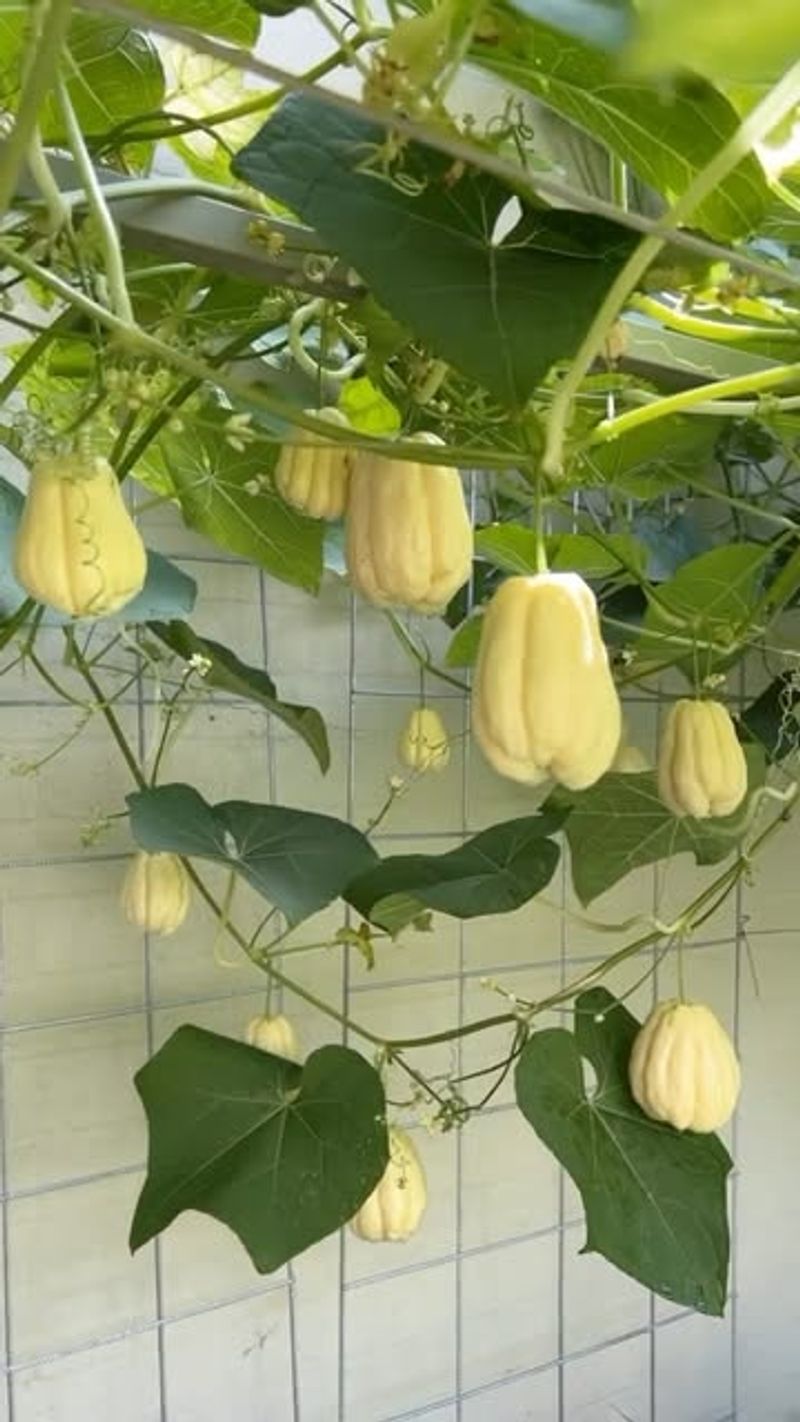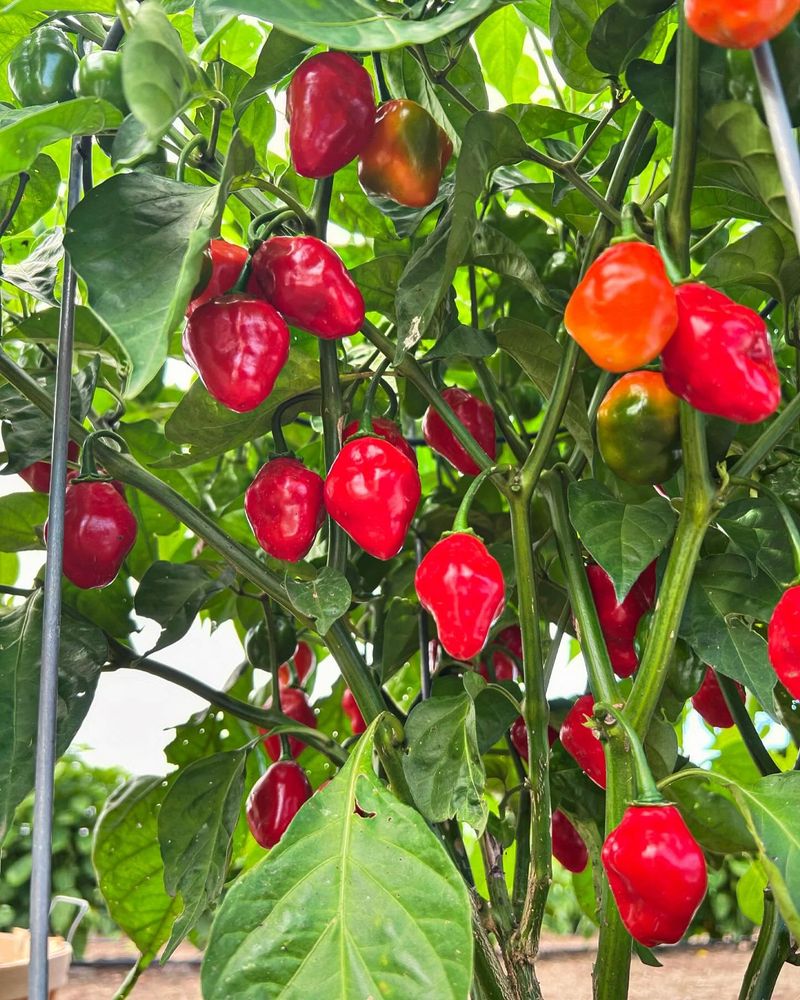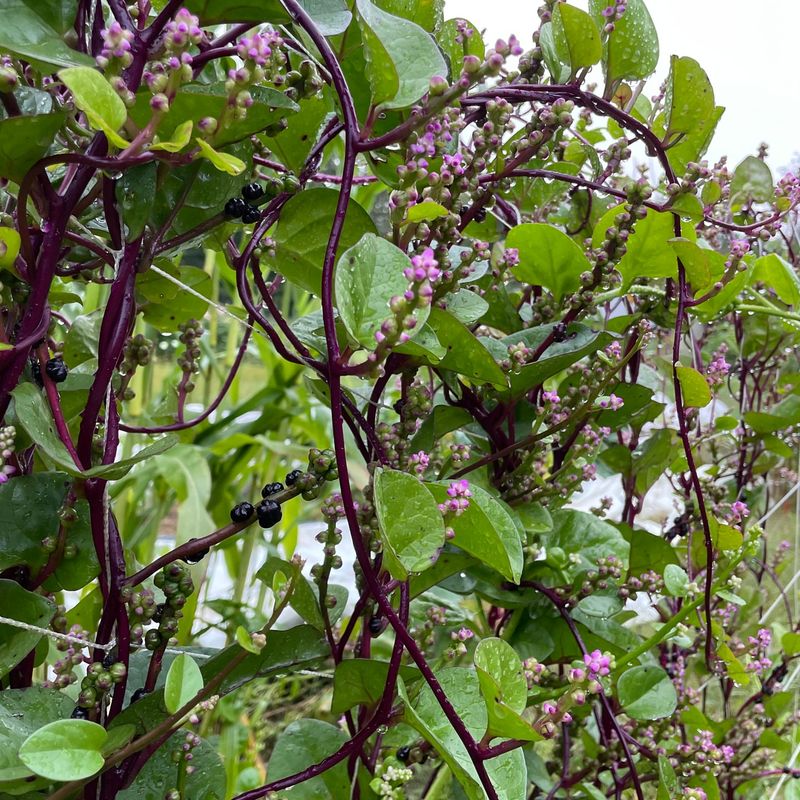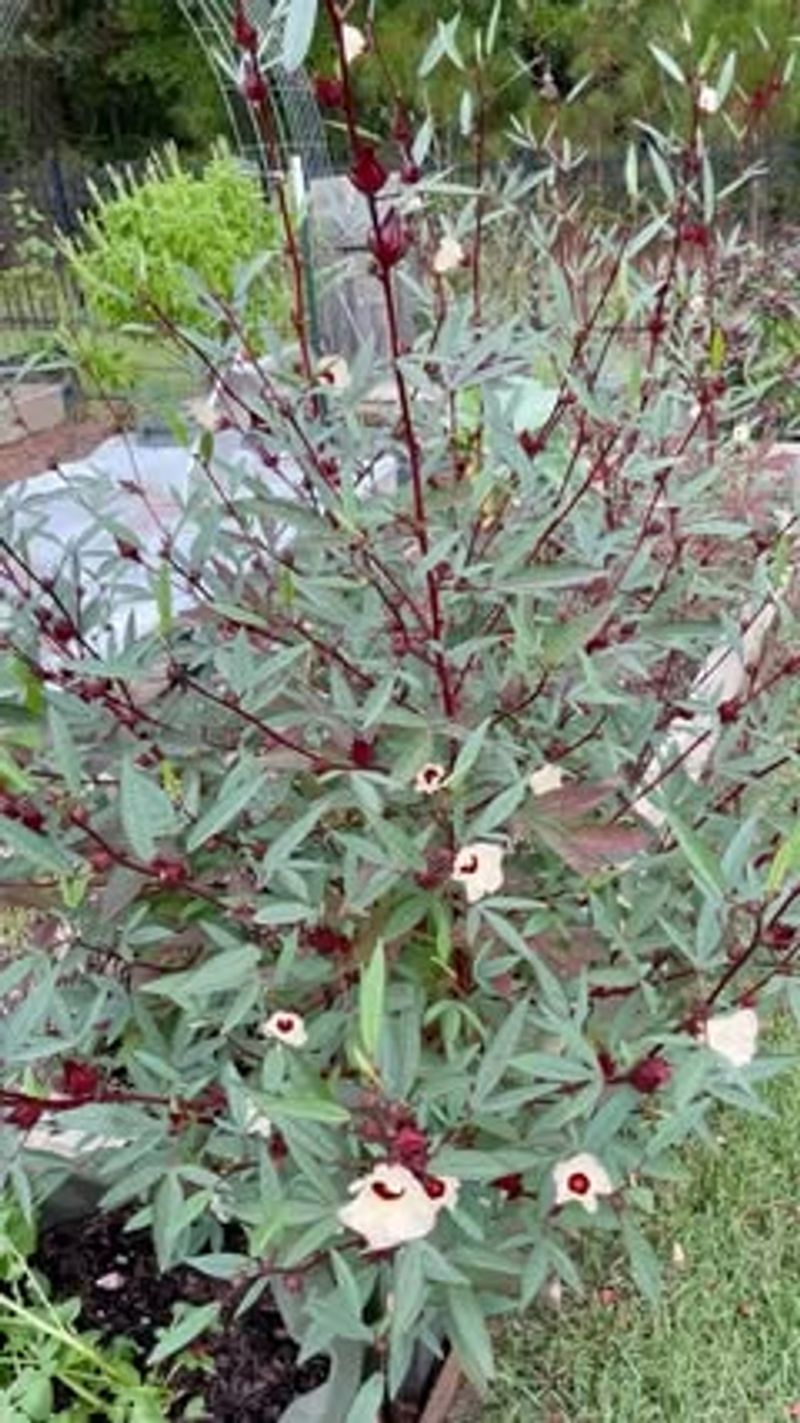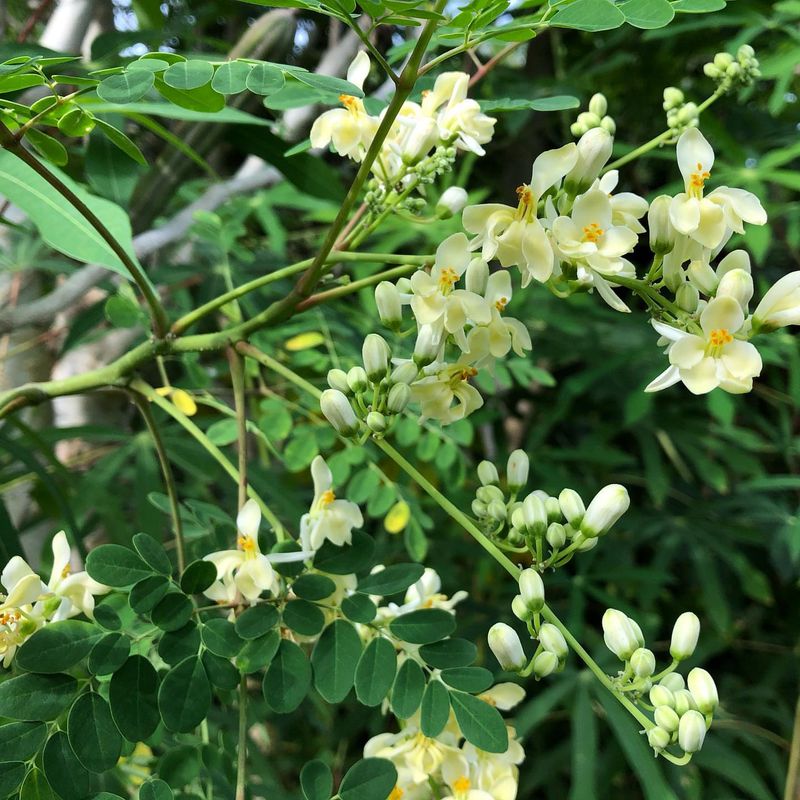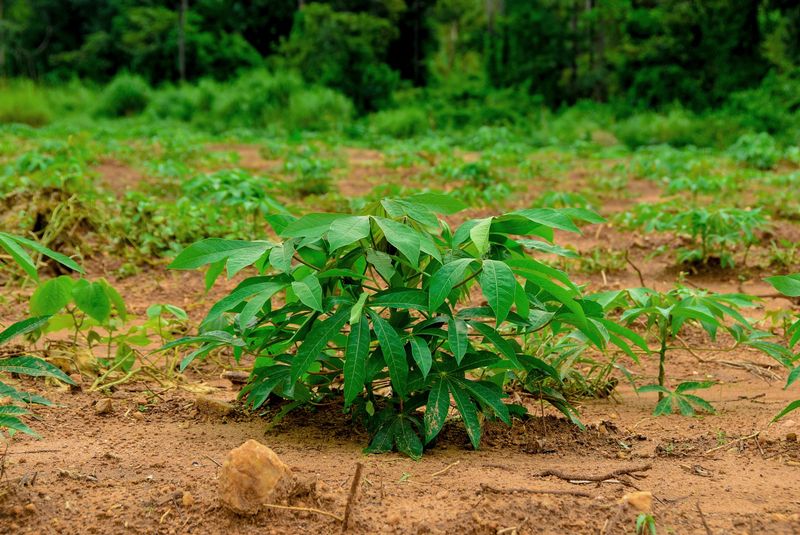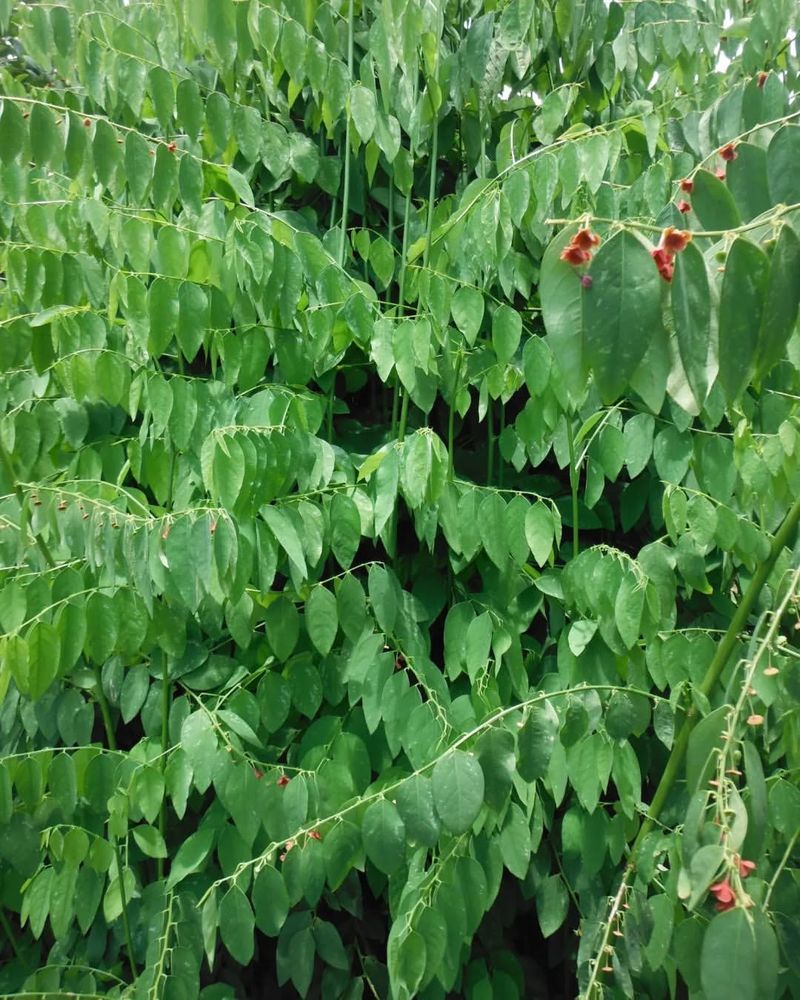Florida’s humidity might make your hair frizz, but some veggies absolutely love it. I’ve watched sweet potatoes stretch like vines on a mission and eggplants pump out fruit like there’s no tomorrow.
The trick is picking plants that actually enjoy that sticky air and warm soil. Once you’ve got the right ones, your garden will practically grow itself.
Let’s take a look at the veggies that are living their best life in Florida’s steamy weather!
1. Sweet Potatoes
Heat-loving tubers flourish in Florida’s sandy soils from spring through fall. They require minimal maintenance once established and resist many common garden pests naturally.
Many Florida gardeners plant them as ground cover between taller vegetables for efficient space use. Their nutritional value and storage potential make them practical additions to any home garden.
2. Okra
Summer’s scorching temperatures don’t intimidate this Southern favorite. The beautiful hibiscus-like flowers transform into tender pods when harvested young and regularly.
Florida’s climate mirrors okra’s native tropical conditions perfectly. Regular picking encourages continuous production through the hottest months when other vegetables struggle to produce.
3. Seminole Pumpkin
Native to Florida, this heirloom variety was cultivated by indigenous peoples long before European settlement. The vines sprawl enthusiastically across garden spaces, producing sweet, nutrient-dense squash.
Unlike many pumpkin varieties, Seminole pumpkins laugh at Florida’s humidity and pest pressure. Their natural resistance makes them ideal for organic gardening approaches throughout the state.
4. Collard Greens
Remarkably heat-tolerant for a leafy green, collards provide nutritious harvests when many other greens have bolted. Their slightly waxy leaves help them withstand humidity and resist common fungal issues.
Florida gardeners appreciate their long growing season from fall through spring. Even summer plantings can succeed in partially shaded locations across the peninsula.
5. Cherry Tomatoes
While larger tomatoes struggle with Florida’s humidity, cherry varieties often perform admirably. Their quick maturation allows harvests before the worst summer disease pressure hits.
Central Florida gardeners find greatest success with spring and fall plantings. The smaller fruit size seems to help them resist cracking and splitting during sudden summer downpours.
6. Southern Peas
Also known as cowpeas or field peas, these legumes thrive when temperatures soar. Their nitrogen-fixing abilities improve soil quality while producing protein-rich harvests.
Across Florida’s growing regions, varieties like Black-eyed and Cream peas flourish with minimal irrigation once established. Their drought tolerance makes them especially valuable during dry spells.
7. Bush Beans
Quick-maturing bush beans provide satisfying harvests before summer’s heat peaks. Their compact growth habit makes them perfect for Florida’s small garden spaces and container growing.
North Florida gardeners can often get multiple plantings throughout the growing season. Succession planting every few weeks ensures continuous harvests of these tender, fresh vegetables.
8. Calabaza
This tropical pumpkin relative laughs at Florida’s heat and humidity challenges. The sprawling vines produce large, sweet squash that store well after harvest without refrigeration.
South Florida gardeners particularly appreciate calabaza’s resistance to common squash pests. Its vigorous growth often outpaces damage from pickleworms and vine borers that devastate other squash varieties.
9. Eggplant
Long-season eggplants relish Florida’s extended warm periods. The glossy fruits come in various shapes and colors beyond the classic purple, offering visual appeal in gardens.
Florida’s conditions allow for productive plants that continue fruiting for months. Asian varieties often demonstrate particular tolerance to the humidity that challenges Mediterranean types.
10. Chayote
Once established, this perennial squash vine produces prolifically with minimal care. The mild-flavored fruits resist most common squash pests that plague Florida gardens.
Many Florida homeowners train chayote vines over fences or trellises for space efficiency. Its ability to grow for several years makes it an economical addition to sustainable food landscapes.
11. Hot Peppers
Thriving in conditions that wilt other vegetables, hot peppers produce abundantly in Florida’s heat. Their natural pest resistance means fewer chemical interventions are needed in the garden.
The Florida peninsula’s climate closely resembles peppers’ tropical origins. Many varieties will produce year-round in southern regions of the state with minimal protection.
12. Malabar Spinach
Not true spinach but a heat-loving vine with similar culinary uses. The glossy leaves remain tender even during Florida’s hottest months when traditional spinach has long since bolted.
Many Florida gardeners appreciate its ornamental qualities alongside its food value. The red stems and vibrant green leaves make attractive vertical elements in edible landscapes throughout the state.
13. Roselle
This hibiscus relative produces edible calyxes used in teas and preserves. The striking red stems and yellow flowers add ornamental value to Florida vegetable gardens.
South Florida gardeners often grow roselle as a perennial crop. Its natural affinity for tropical conditions means it requires little special attention once established in suitable garden spots.
14. Moringa
Often called the “miracle tree,” moringa grows with astonishing speed in Florida’s climate. The nutritious leaves can be harvested continuously as a spinach substitute rich in vitamins and minerals.
Central Florida gardeners value moringa’s drought tolerance once established. Though technically a tree, it’s commonly managed as a cut-and-come-again vegetable through regular pruning.
15. Yard-Long Beans
These impressive Asian beans produce extraordinary pods that can reach 18-24 inches in length. Unlike many bean varieties, they maintain productivity even during Florida’s hottest, most humid months.
North Florida vegetable gardeners often train them on tall trellises for easy harvesting. Their resistance to heat-related blossom drop makes them reliable producers when other beans fail.
16. Cassava
This tropical root crop grows as easily as a landscape shrub in Florida gardens. The starchy roots provide a staple carbohydrate source that stores well in the ground until needed.
South Florida’s climate allows cassava to grow year-round without protection. Its ability to thrive in poor soils makes it particularly valuable for areas with challenging growing conditions.
17. Katuk
This perennial leafy green shrub provides nutritious leaves with a mild pea-like flavor. Once established, it requires minimal care while providing continuous harvests throughout Florida’s growing season.
Many Florida gardening enthusiasts incorporate katuk into edible hedges or borders. Its shade tolerance makes it useful for maximizing production in gardens with limited full-sun space.

